Leonie Haimson, the executive director of Class Size Matters in New York City, is a tireless advocate for reform policies that work. She has spent years collecting research about the benefits of class size reduction and prodding legislators to take action.
She wrote recently about the cross-pollination between New York State and Michigan, where state school board leaders used her research to advocate for lower class sizes.
She wrote:
On April 5 and 6, the Network for Public Education, on whose board I sit, held its annual conference in Columbus, Ohio. More than 400 parents, teachers, advocates, school board members, and other elected officials gathered to learn from each other’s work and be re-energized for the challenges of protecting our public schools from the ravages of budget cuts, right-wing censorship, and privatization.
It was a great weekend to reconnect with old friends, meet new ones, hear from eloquent education leaders, and participate in eye-opening workshops. I led a workshop on the risks of using AI in the classroom, along with Cassie Creswell of Illinois Families for Public Schools, and retired teacher/blogger extraordinaire, Peter Greene. You can take a look at our collective power point presentation here.
At one point, Diane Ravitch, the chair and founder of NPE,introduced each of the board members from the floor. When she told me to stand, I asked her to inform the attendees about the law we helped pass for class size reduction in NYC. She responded, you tell it –and so I briefly recounted how smaller class sizes are supposed to be phased in over the next three yearsin our schools, hoping this might lend encouragement to others in the room to advocate for similar measures in their own states and districts.
Perhaps the personal high point for me was the thrill of meeting Tim Walz, on his birthday no less, who said to me that indeed class size does matter. Here are videos with excerpts from some of the other terrific speeches at the conference.
Then, just four days ago, Prof. Julian Heilig Vasquez, another NPE board member, texted me a link to this news story from the Detroit News:
State Board of Education calls for smaller class sizes after Detroit News investigation
Lansing — Michigan’s State Board of Education approved a resolution Tuesday calling for limits on class sizes to be put in place by the 2030-31 school year, including a cap of 20 students per class for kindergarten through third grade.
The proposal, if enacted by state lawmakers, would represent a sea change for Michigan schools as leaders look to boost struggling literacy rates. Across the state, elementary school classes featuring more than 20 students have been widespread.
Mitchell Robinson, a Democratic member of the State Board of Education, authored the resolution and said action on class sizes was “overdue.”
“Smaller class sizes are going to be a better learning situation for kids and a better teaching situation for teachers,” said Robinson of Okemos, a former music teacher.
A months-long Detroit News investigation published in April found 206 elementary classes — ranging from kindergarten through fifth grade — across 49 schools over the 2023-24 and 2024-25 years that had at least 30 students in them. Among them was a kindergarten class at Bennett Elementary, where the Detroit Public Schools Community District said 30 students were enrolled.
Less than a month after The News’ probe, the Democratic-led State Board of Education, which advises state policymakers on education standards, voted 6-1 on Tuesday in favor of Robinson’s resolution. The resolution said lawmakers should provide funding in the next state budget for school districts with high rates of poverty to lower their student-to-teacher ratios in kindergarten through third-grade classrooms.
By the 2030-31 school year, the resolution said, limits should be instituted to cap class sizes at 20 students per class in kindergarten through third grade, at 23 students per class in fourth grade through eighth grade, and at 25 students per class in high school.
“Many studies show that class size reduction leads to better student outcomes in every way that can be measured, including better grades and test scores, fewer behavior problems, greater likelihood to graduate from high school on time and subsequently enroll in college,” the resolution said.
The resolution added that the Legislature should increase funding to ensure schools are “able to lower class sizes to the mandated levels.”
In an interview, Pamela Pugh, the president of the state board, labeled the resolution an “urgent call” for action. Pugh said the board hasn’t made a similar request in the decade she’s served on the panel.
…Lawmakers from both sides of the aisle have called for action on class sizes after the reporting from The News and as Michigan’s reading scores have fallen behind other states.
During her State of the State address in February, Gov. Gretchen Whitmer said just 24% of Michigan fourth graders were able to read proficiently. Michigan invests more per student than most states but achieves “bottom 10 results,” the governor said.
Asked, in April, if she thought having 30 students in a kindergarten class was appropriate, Whitmer, a Democrat, said, “No. Of course, I don’t.”
“I think the science would tell us that we’ve got to bring down class sizes,” Whitmer said in April.
On Wednesday, state Sen. Darrin Camilleri, D-Trenton, said he was open to a conversation about timelines for implementing class size limits and about how schools could achieve the proposed standards with staffing and physical space.
He noted the Senate Democrats’ budget proposal for next year features nearly $500 million that could be used by school districts to lower class sizes. “I think it’s going to be a culture change,” Camilleri said.
As I read the story, I was delighted, of course; and noticed that the class size caps cited in the resolution were identical to those required to be phased in for NYC schools. I also noted language in the resolution that echoed the words in some of our research summaries.
I reached out to Diane to ask her if she knew whether Mitchell Robinson had attended the NPE conference, and she confirmed that indeed he had. I then emailed him to ask if our New Yorklaw had played any role in his decision to introduce the resolution, and he immediately responded,
“Leonie, your work in NYC was the direct model and inspiration for this resolution! I was in your session in Columbus, and went home motivated to put together the resolution, using the figures from your bill and the research base on the website.”
He cautioned me that the proposal still has to be enacted into law, and that it would be “an uphill battle,” as Republicans hadretaken the state House.
Then he added: “But that doesn’t mean we sit on our hands for another 2 years—we need to stay on offense and advance good ideas whenever we can.”
I wholeheartedly agree. This resolution and what may hopefully follow for Michigan students reveals just how importantgatherings like the NPE conference are to enable the exchangeof ideas and positive examples of what’s occurring elsewhere. This sort of interaction can be vital to our collective struggle,not just to defend our public schools from the attempts of Trump et.al. to undermine them, but also to push for the sort of positive changes that will allow all our kids to receive the high qualityeducation they deserve.

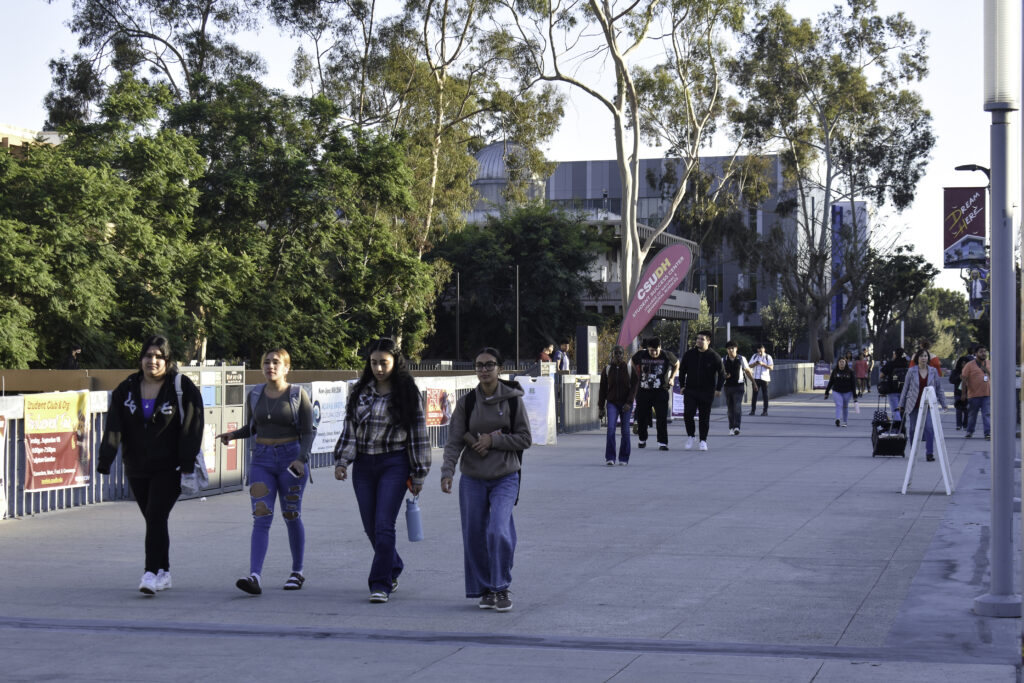

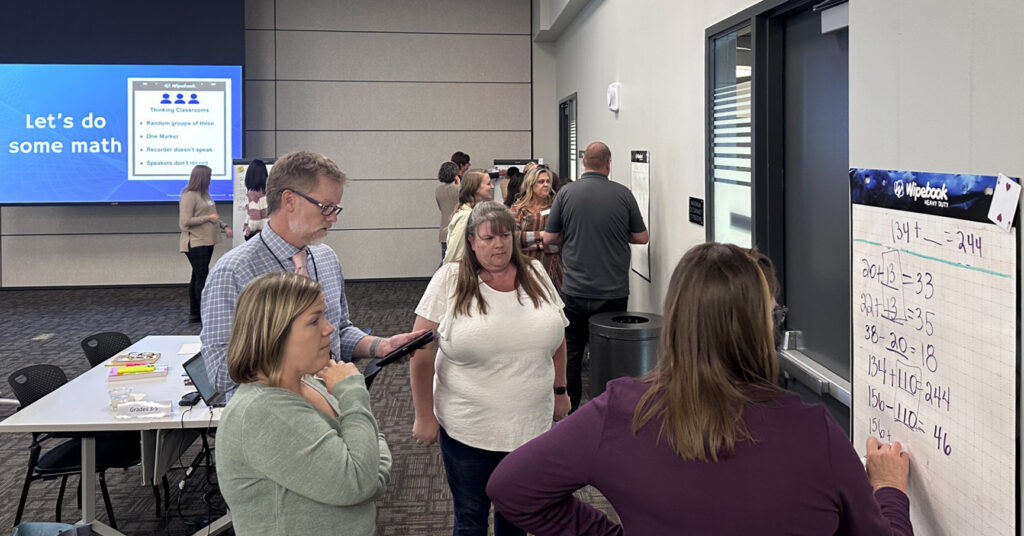

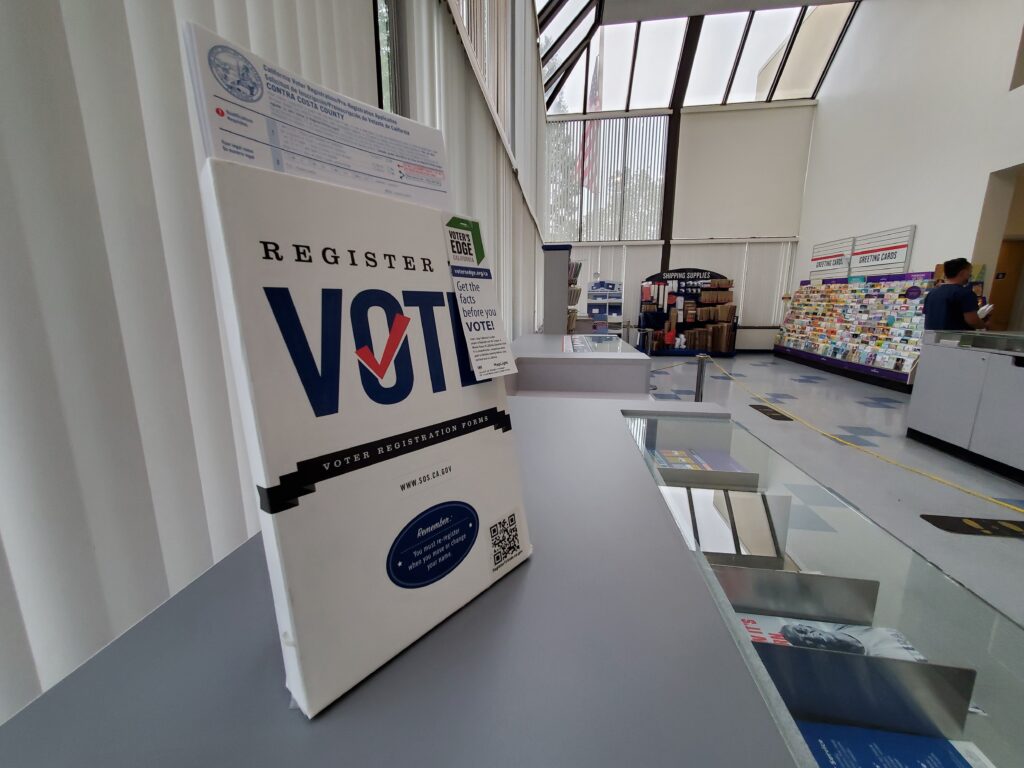


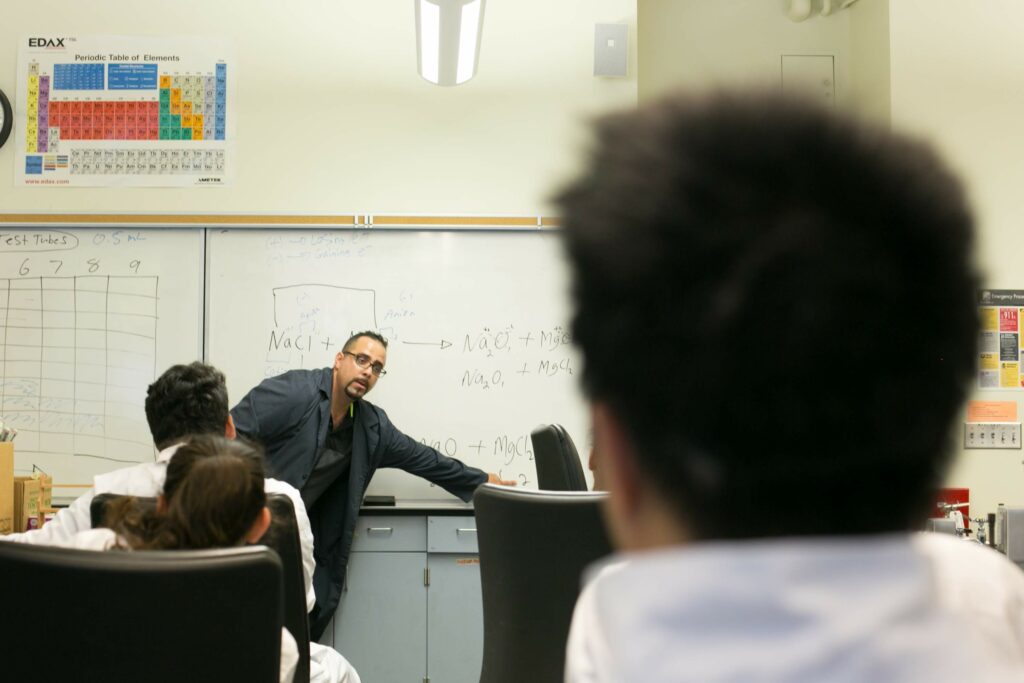




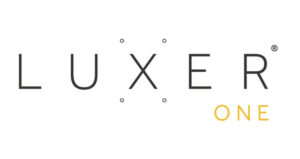
 Transact Campus
Transact Campus